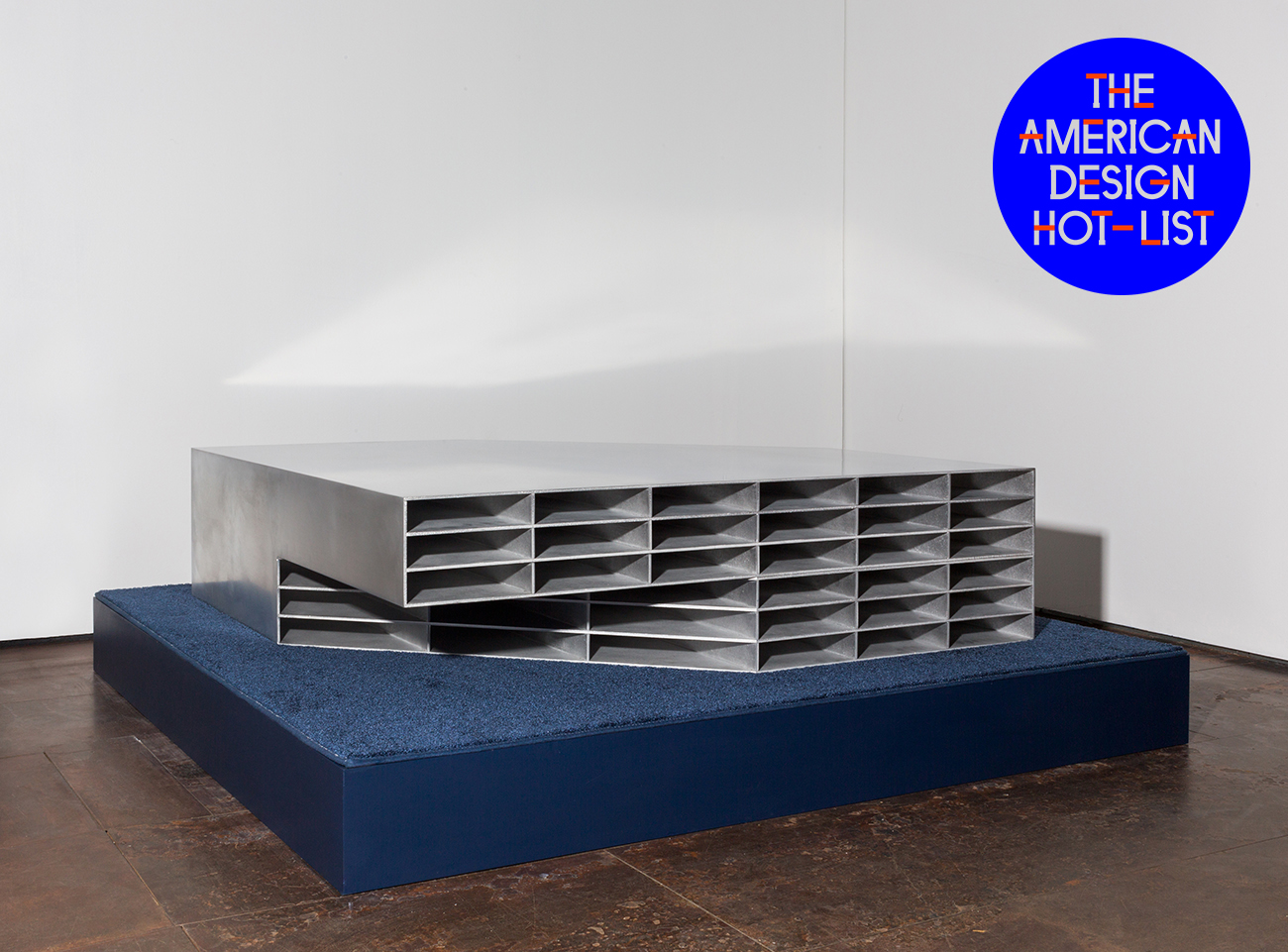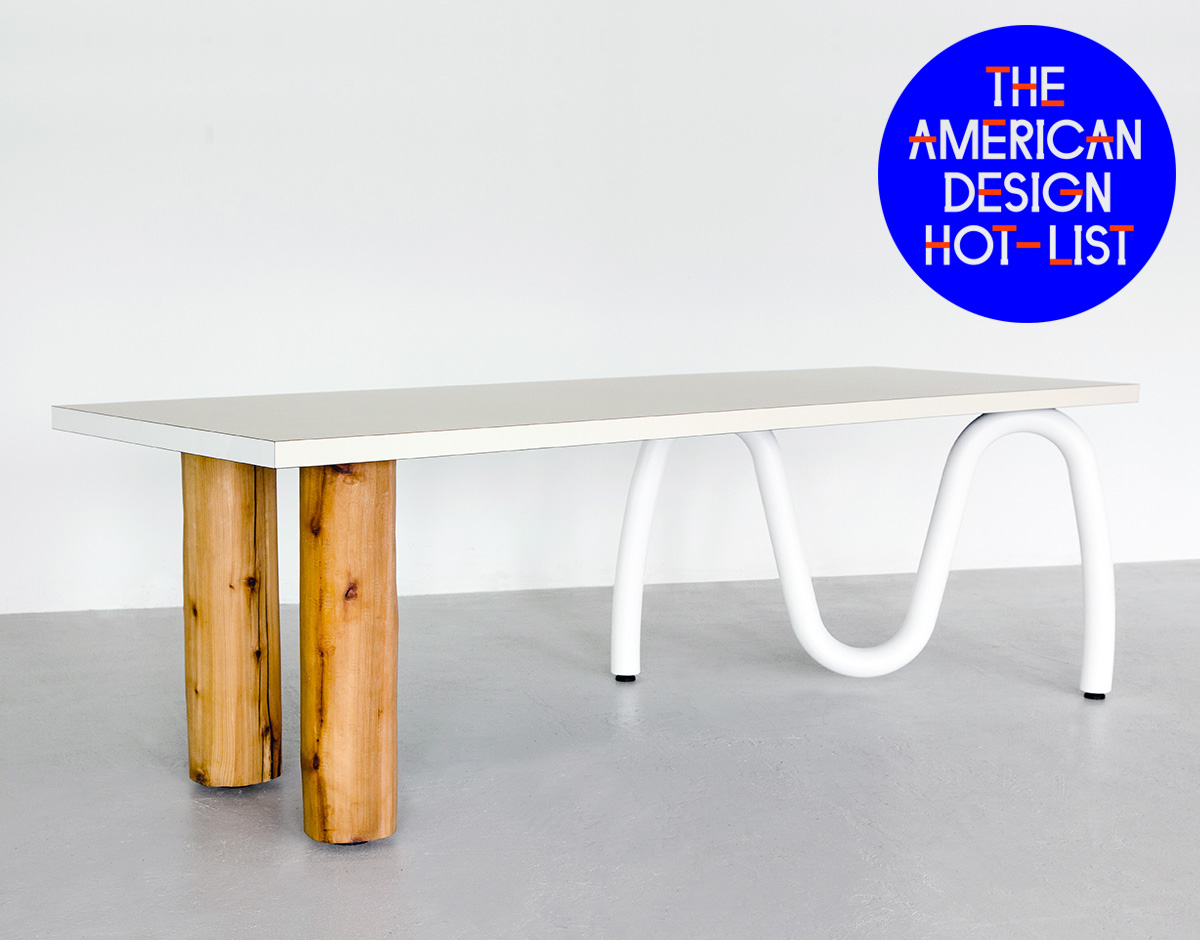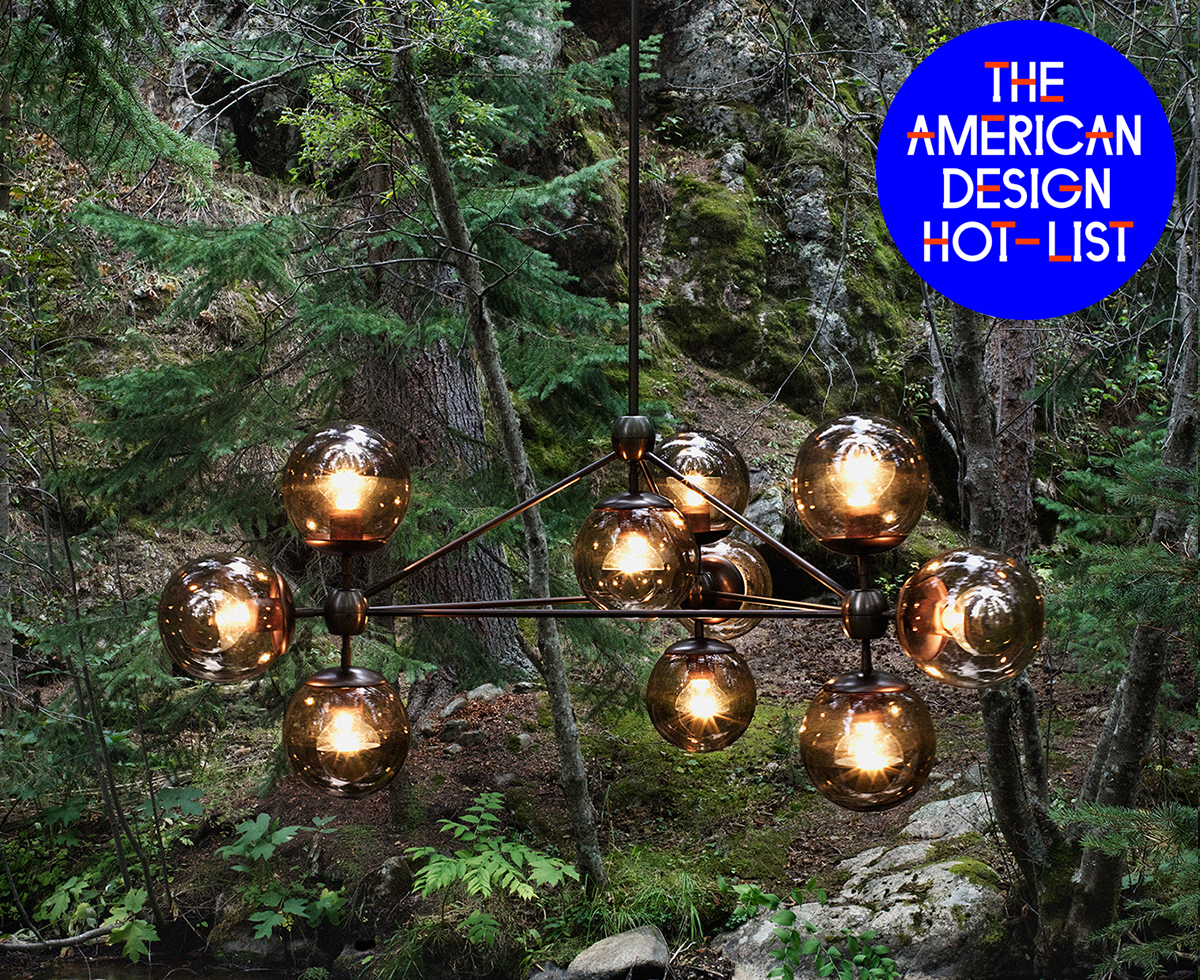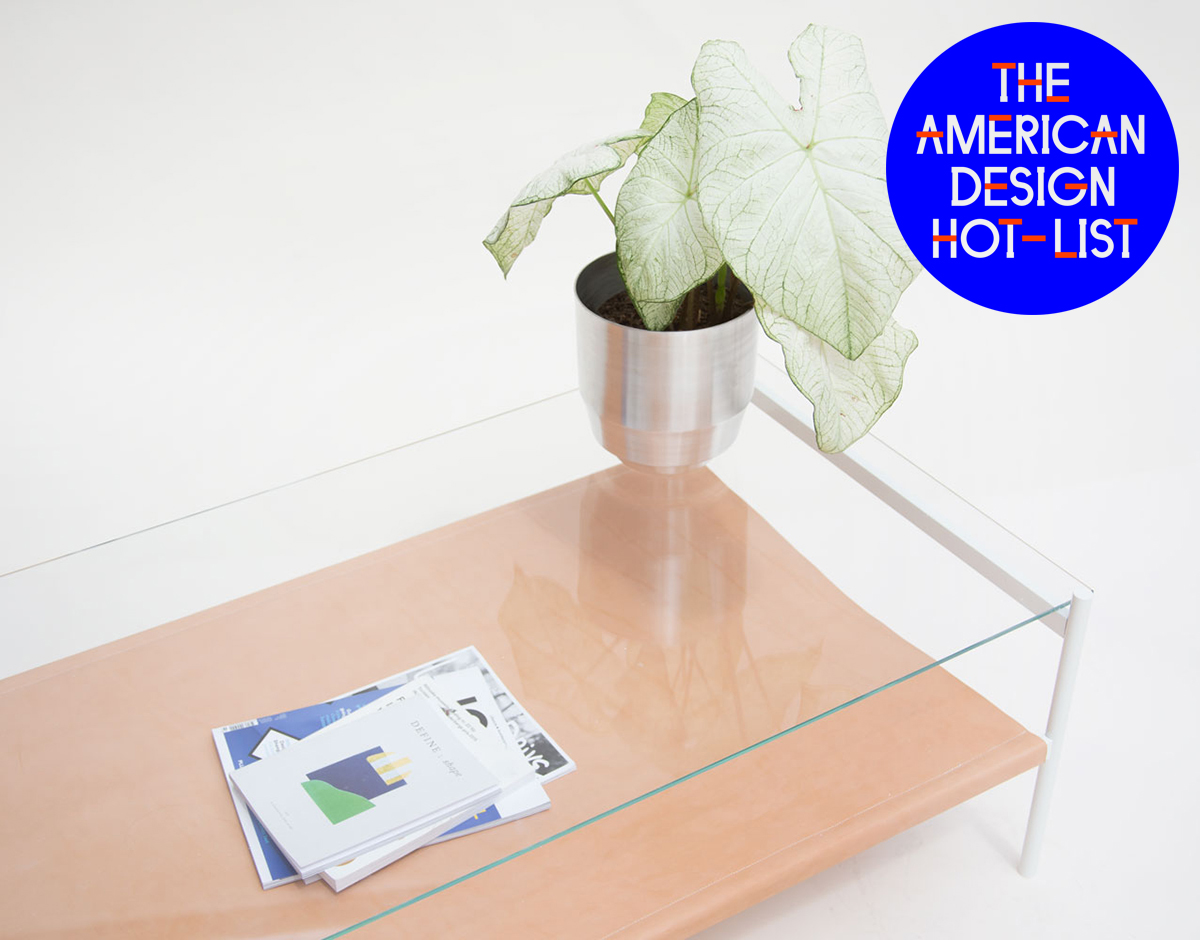
12.09.16
American Design Hot List
2016, Part V
This week we announced our 2016 American Design Hot List, Sight Unseen’s unapologetically subjective annual editorial award for the 20 names to know now in American design, presented in partnership with Herman Miller. We’re devoting an entire week to interviews with this year’s honorees — get to know the fifth and final group of Hot List designers here, then hop on over to our Pinterest, our Instagram, and Herman Miller’s social media accounts for even more coverage.
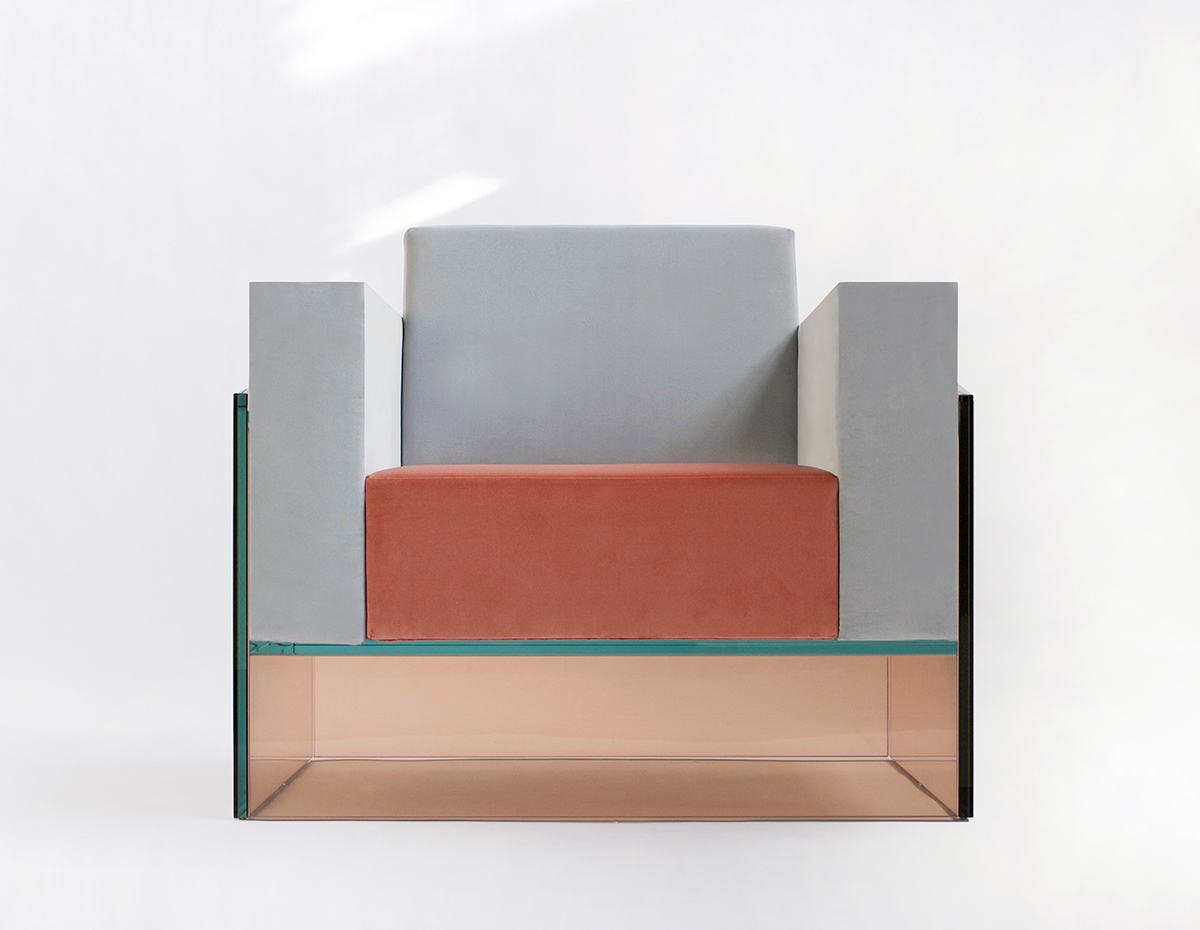
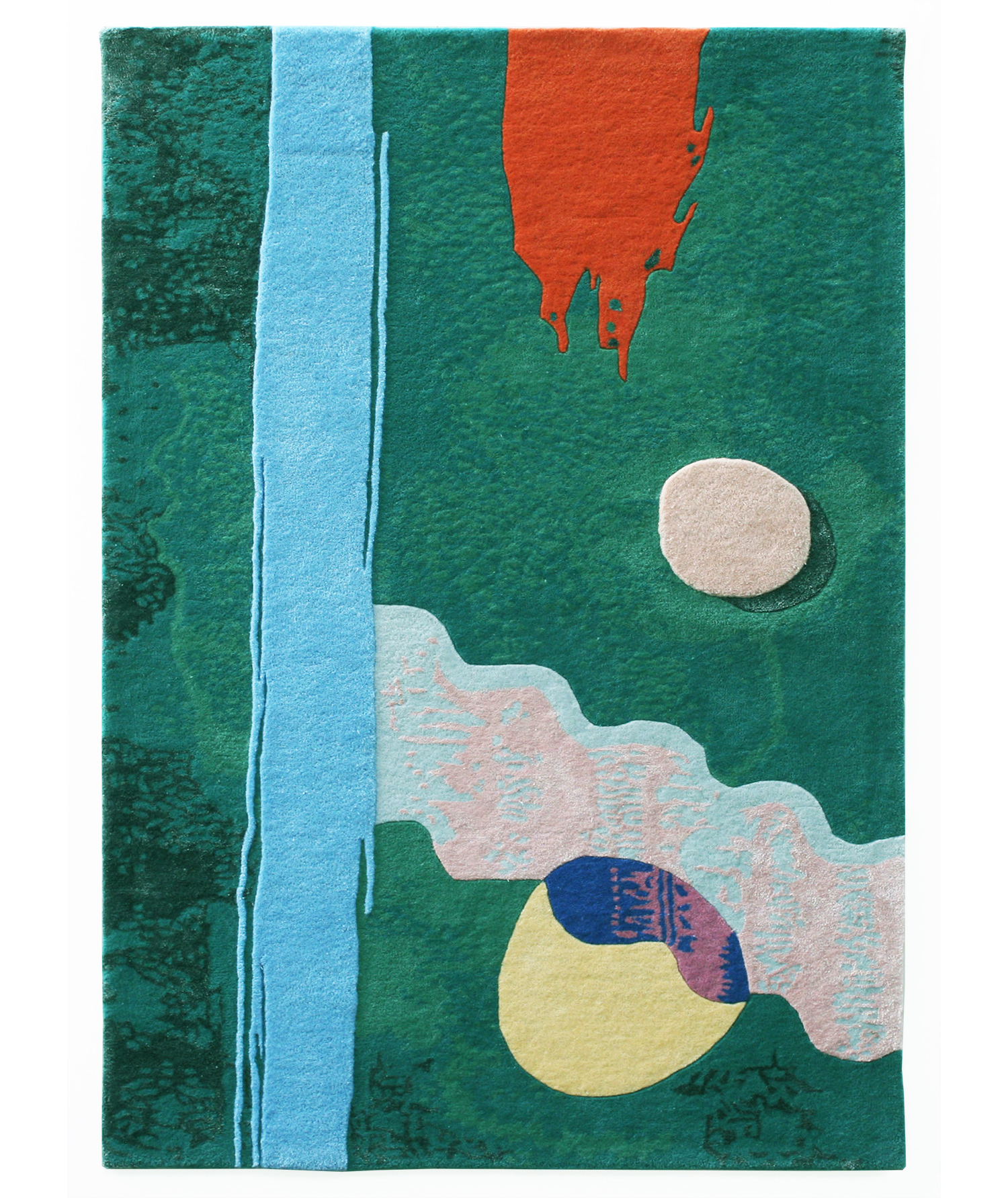
Studio Proba
New York, studioproba.com
Alex Proba is primarily a graphic designer, but in the past three years she’s become one of the most in-demand collaborators in the design scene, lending her expert eye for pattern and color to the likes of Bower, Aelfie, CHIAOZZA, and — soon — CC-Tapis.
What is American design to you, and what excites you about it?
I’ve moved to New York City almost 6 years ago, after studying in the Netherlands at the Design Academy Eindhoven, and at the beginning I was actually very clueless about contemporary American design and what it means. I’ve since learned and experienced that American design takes itself less seriously than European design (or the design I grew up with), and lets you be a bit more playful, with a wink.
What are your plans and highlights for the upcoming year?
I am actually so excited for next year. I’ve never been part of a show or exhibition outside the US, and next year I’m finally going to show in Milan. I have had the great honor to work with CC-Tapis on a new collection of rugs which will be launching at the Salone del Mobile in April. I’m very proud and nervous at the same time. I almost feel like a kid waiting for Christmas. Another very special project for me is a celebration of tradition and craft: I’m working with an amazingly talented weaving community in Ecuador, designing housewares that showcase their beautiful craft techniques and celebrate their tradition and history. I’m also working on an online publication and event series called “Substance Quarterly” with my dear friend Caroline Lau, which explores art, design, and food through the lens of one material. It will be launching early next year.
What inspires/informs your work in general?
Back in school I used to look to literature and design history for inspiration, but that’s drastically changed ever since I started my A Poster A Day project almost 4 years ago. I’ve learned how to be inspired by not visual and design-y things but by simple conversations with people, their stories, and their emotions, as well as smell. That also leads to materials — I love researching materials and their properties, and to feel and see them at the same time inspires me. In general I have to say that it isn’t necessarily visual inspiration that brings out an idea in me, it can be way more abstract than that. Sometimes all I need is a phone call with my grandmother to get my creative flow going.
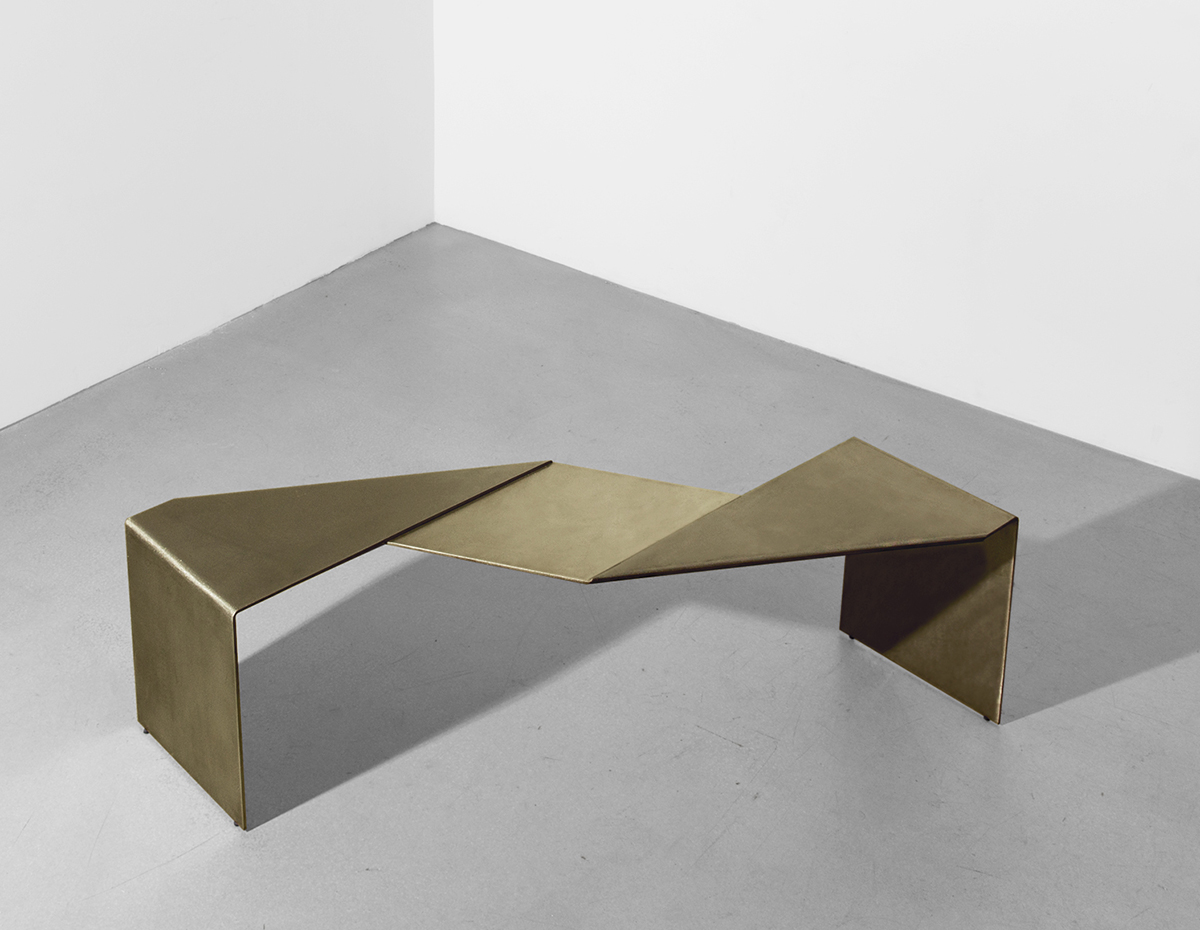
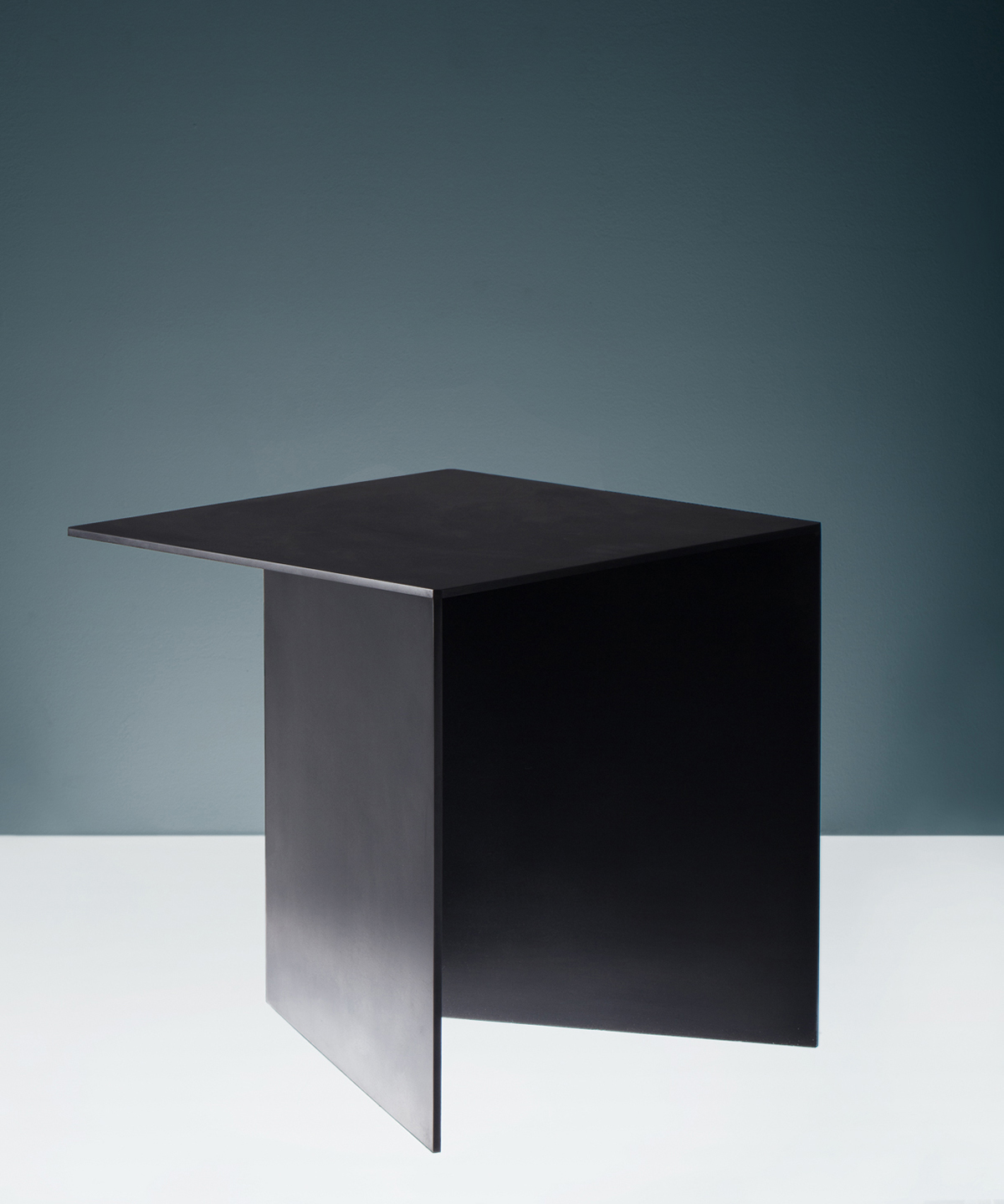
Uhuru
New York, uhurudesign.com
They launched their design-build furniture studio in 2004, but Uhuru have made major leaps forward recently, scaling up their studio, opening a Manhattan showroom, starting their own contract workplace line, and launching a collection of steel furniture that’s taking their aesthetic in a very new and exciting direction.
What is American design to you, and what excites you about it?
New American design started with the maker movement of the late 1990s and early 2000s, which grew in places where there were empty and underutilized manufacturing spaces, as big companies shipped operations elsewhere or disappeared altogether. The void has been filled by individuals, small companies, and communal shops started by young people out just out of school and not wanting to or being able to get a job at a big company. Instead they’ve cultivated their own style to make their mark. What’s been so exciting is there’s no big industry to define what things should look like — we are defining it as we go.
What are your plans and highlights for the upcoming year?
We have a few new collections we’re really excited about. One is called Fold (sneak preview pictured above top), and it’s made from solid brass sheets that look as if they’ve been twisted and flattened to create the forms in the collection. It also plays with how faces of a material can age differently as they are exposed to the elements. We’re also continuing to develop our workplace collection, especially the desking system we launched this summer along with three collections of ancillary furniture for the office. These are a refined version of the essentials line we launched two years ago, and although the push will be the workplace market, they really can fit into all kinds of commercial and residential environments. We just moved our Pennsylvania workshop into a new 50,000 square-foot manufacturing space, so we’re really excited about what we’ll be able to produce there as well as the manufacturing jobs we’re hoping to create.
What inspires/informs your work in general?
I would definitely say a constant would be the way nature affects materials over time. I think there’s incredible beauty in capturing that process and bring it into an interior space in a piece of furniture. Right now my kids are also a huge inspiration. To see life through their eyes and to sit and build things with them — whether it’s Legos or a making a crossbow out of wood scraps in my studio — the prospective I’ve gained is tremendous.
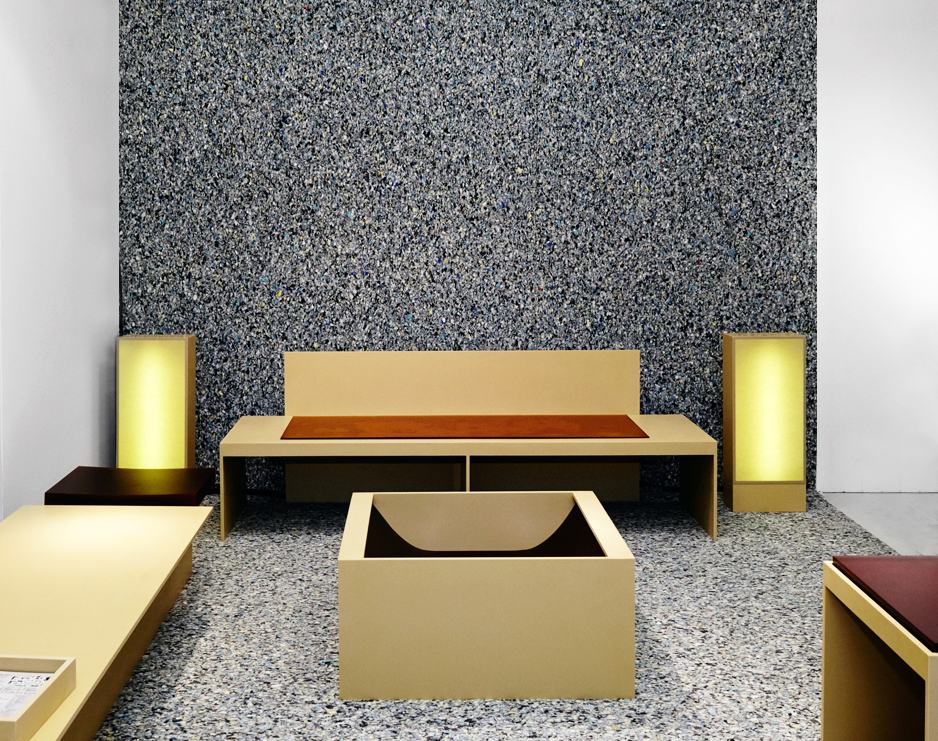
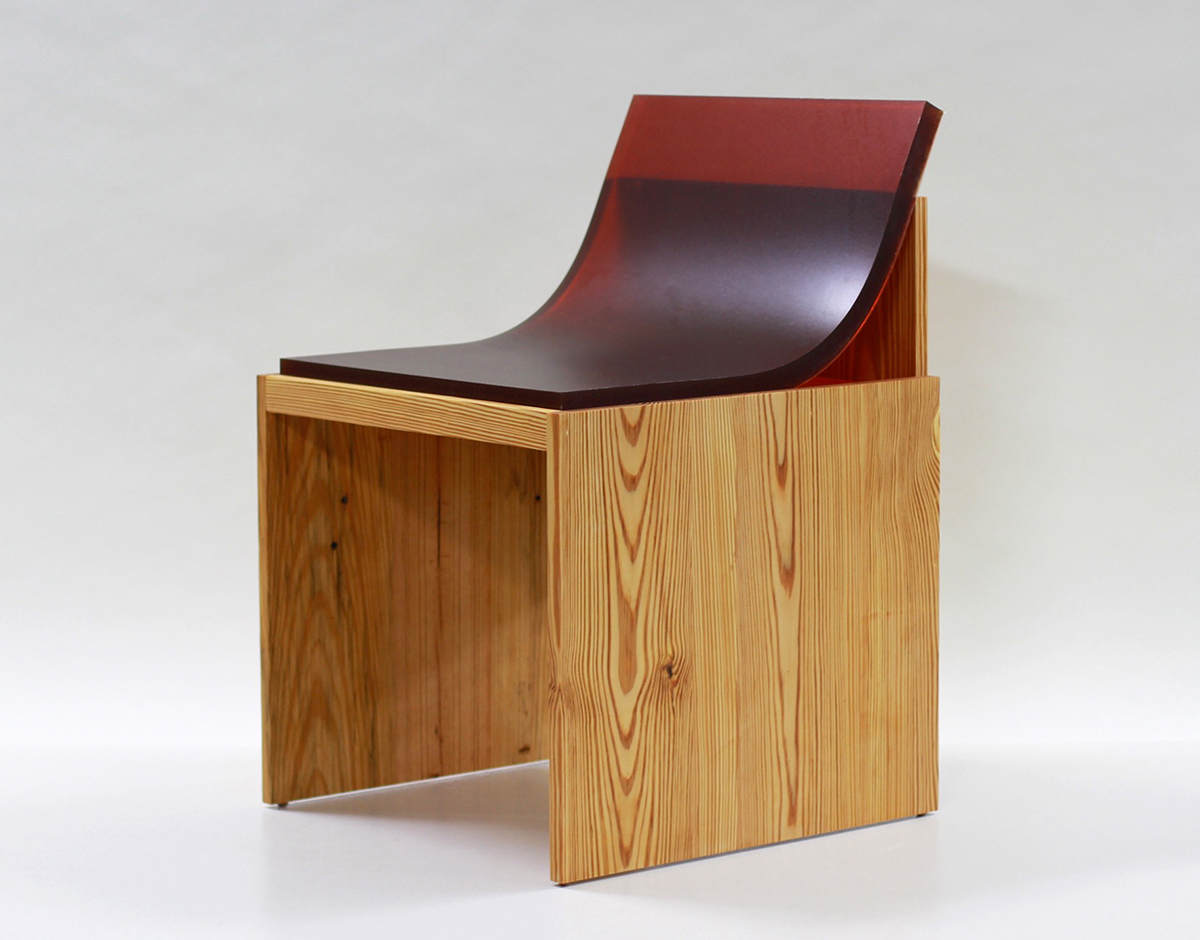
Wintercheck Factory
New York, wintercheckfactory.com
Wintercheck are giving new meaning to the term industrial chic, translating materials like safety glass and polyurethane rubber sheeting into unexpected yet dream-home-level furniture.
What is American design to you, and what excites you about it?
It’s less of a product and more of an exercise in craftsmanship or experimentation. In September we produced a show called TOUCHING at our studio, in which all of the designs took the concept of furniture and lighting but pushed past the standard definition of what a chair or lamp is. It seems way more important — and quite frankly less boring — to explore and exercise what design can be when you remove it from commercial constraints or the need to satisfy clients. So in that sense, American design is the experimental pieces that drive new trends, rather than just the latest version of an already proven design.
What are your plans and highlights for the upcoming year?
Right now we’re designing and building out a new show for early next year: an installation in our studio that functions as a bar. Instead of having a traditional opening and reaching as many people as possible, our goal is to make it a more immersive experience, with smaller groups and more time to get inside of and interact with the piece. We’ve also just been invited to show an installation of new designs at the Volta art fair in New York, which is celebrating its 10th anniversary in March.
What inspires/informs your work in general?
Our work is informed by concepts of transformation and of control. How can we take a material and force it to perform in the way we want? Inevitably that produces unforeseen results, but inspiration often comes through the moment when we fuck up the thing we were originally trying to do. Over the last two years, as we’ve pushed our work further from pure functionality to a more abstract place, we’ve drawn inspiration from artists like Scott Walker. Here’s a guy that went from singing saccharine teen ballads to recording a 20-minute avant-garde narrative about Attila the Hun that features the sound of meat being punched. The idea that there’s a thread that connects those two places, and that the path is traversable by anyone willing to tread it, is very exciting.
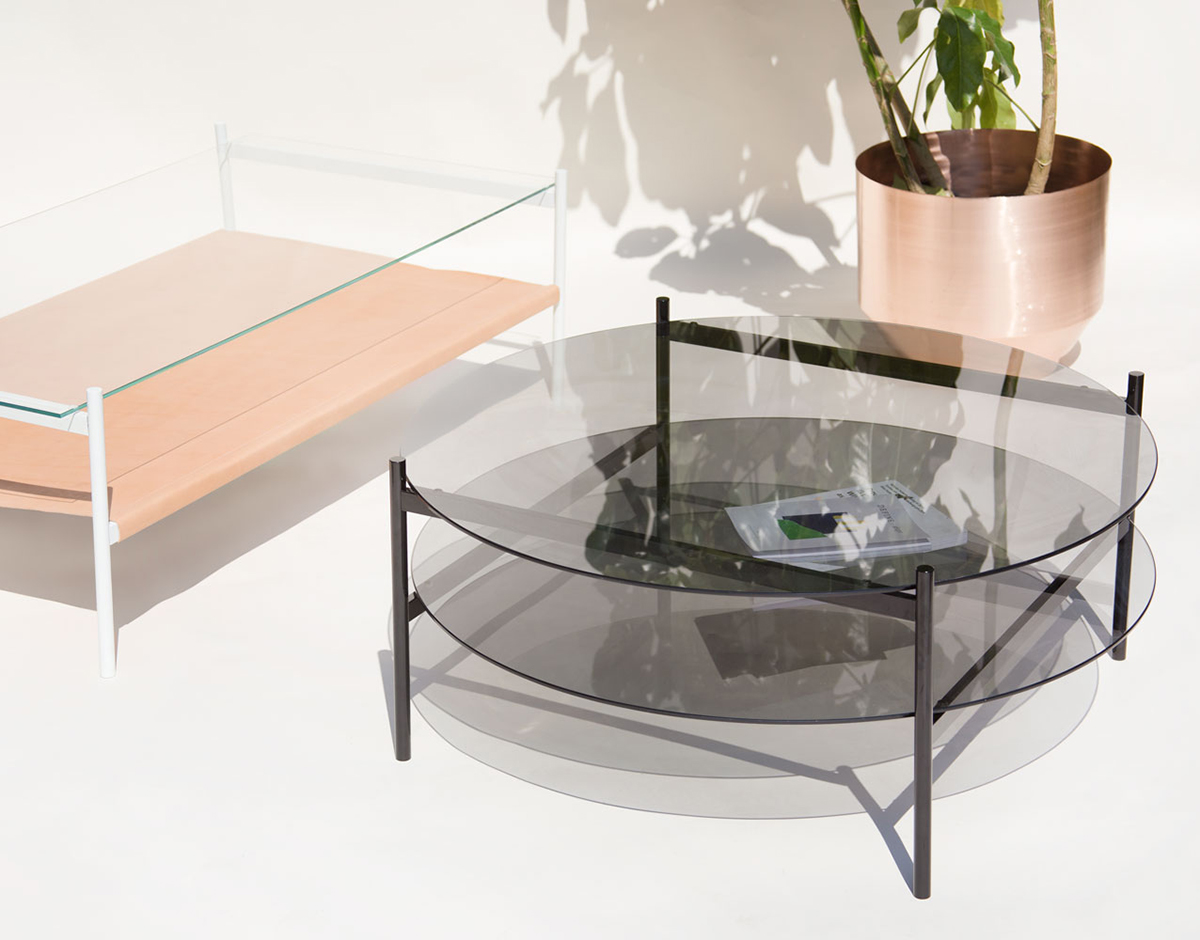
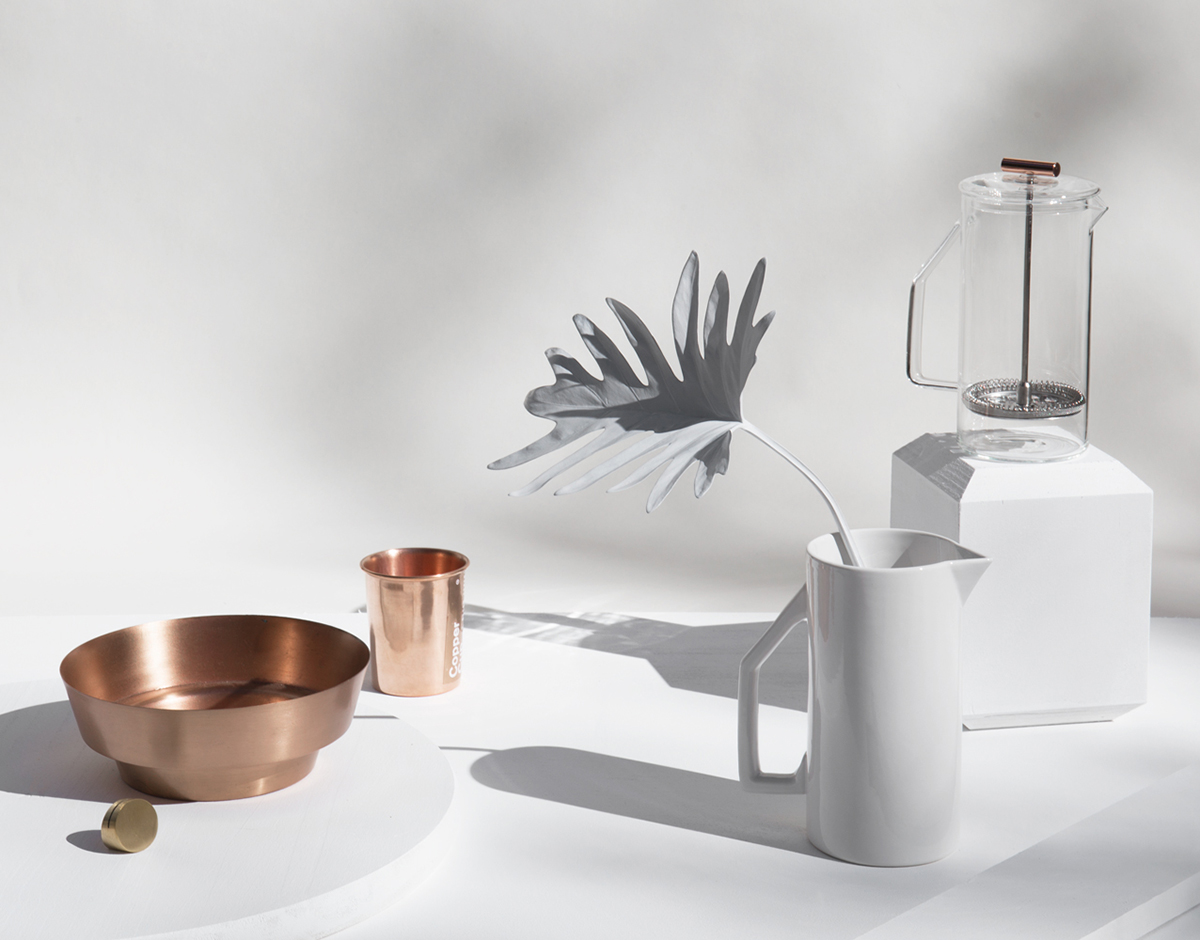
Yield
Saint Augustine, Florida, yielddesign.co
The most beautiful designs are rarely the most accessible and affordable, but that’s where the magic of Yield lies: They make planters and housewares — and as of late, furniture and lighting — that we not only want to live with, but actually can.
What is American design to you, and what excites you about it?
The beauty of American design is that our country’s vast diversity summons the design scene to be refined, yet widely varied. From our perspective, American design is the intersection of cultures and crafts representative of a global society. America is historically known for its industrial prowess, and American design’s craft and ingenuity is rooted in our manufacturing heritage, but it’s begun to move beyond just a manufacturing story. The fact that so many cultures and perspectives collide here results in a refined approach that blends craft and experimentation with an eye towards fine-tuned function and purpose. American design is a melting pot that can be playful yet structured, abstract yet purposeful; it’s not required to speak to one specific person or group of people because there’s always an audience to be discovered.
What are your plans and highlights for the upcoming year?
With the addition of furniture to our collection and more furnishings to come, we plan to engage in more holistic interiors work. Renovating our personal home over the last year has been a major source of inspiration and new ideas. This coming year we have our sights set on building a new guest house from the ground up, and we intend to use it as a sort of testing ground for new pieces. Since we won’t have the pressure of needing to live in it right away, we see it as an opportunity for more fluid experimentation.
What inspires/informs your work in general?
We’ve always relied heavily on traveling and frequently getting outside of the studio to get inspired. This year has been a little different. There’s no sugar coating it, it has been difficult. We’ve encountered some personal tragedies that have kept us lying low, and as a result, we’ve had to dig more deeply within for inspiration. So this year our work has been the result of a more introspective take on our own design. As a company, we’ve also been able to observe our products in the world for a couple of years now. We’ve become inspired by various manufacturers and our close relationships with them in seeing how certain materials accentuate the beauty of the design. This year we’ve leaned into metalworking, ceramics, and glass. All of these are materials that begin somewhat fluid and finish in a very solid, fixed state. Their nature leads to work with an allowance for high customization, a wide variety of finishes, transparencies, and layering, and a final form that remains durable and rigid.
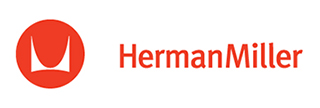
The 2016 American Design Hot List is presented in partnership with Herman Miller, a company known for partnering with burgeoning design practices to create industrial design classics. Having collaborated with designers including Ray and Charles Eames, Alexander Girard, George Nelson, Yves Béhar, and many others, the company continues to foster relationships with new talents to explore purposeful solutions for modern living. Herman Miller believes that makers such as those on Sight Unseen’s American Design Hot List provide a new lens through which to view emerging design challenges.
